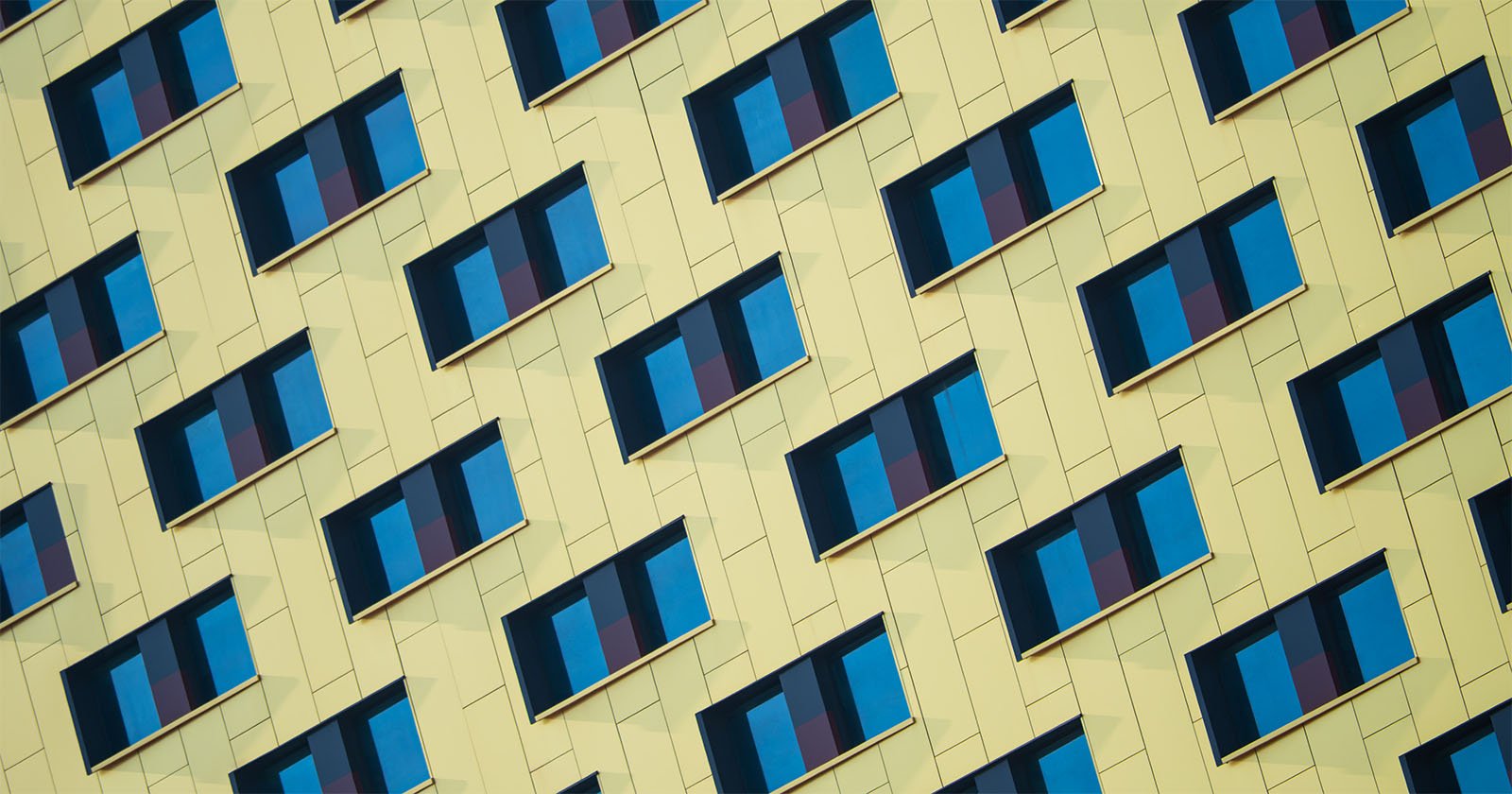The City of Birmingham will present its annual AWAKEN event in celebration of local changemakers who use creativity, advocacy, and service to advance social justice and community progress. This year’s program theme is **“Art as Resistance: Awakening Justice Through Creativity”** and will honor Joe Minter, a world-renowned sculptor, community historian, and founder of African Village in America. His visionary art chronicles the Black experience and the struggle for freedom, justice, and unity.
The event, orchestrated by the Division of Social Justice and Racial Equity, will take place on **Friday, Oct. 24, at 9 a.m.** at the Birmingham Museum of Art.
> “Art has always been a language of liberation,” said Mayor Randall L. Woodfin. “Through AWAKEN, we celebrate artists and advocates like Joe Minter who remind us that creativity is not only an act of expression, but also an act of resistance—a tool to awaken justice in all of us.”
Held annually during Magic City Classic Week, AWAKEN was created to spark meaningful dialogue, reflection, and education around Birmingham’s enduring legacy of activism and leadership. Each year, the event serves as a bridge between Birmingham’s historic civil rights struggle and the city’s modern movement for equity. It brings together artists, activists, and community leaders who continue to push for justice through creative expression.
As part of the program, Mayor Woodfin will present the **Putting People First Award** to Joe Minter, recognizing his vision that embodies Birmingham’s ongoing pursuit of equity and justice.
### About Joe Minter
Joe Minter is an artist and cultural historian living in the Titusville neighborhood, surrounded by his magnum opus — a sprawling didactic artwork he has dubbed the **African Village in America**. He recently exhibited at prestigious venues including the Royal Academy of Arts in London, Mana Contemporary, and the Minneapolis Institute of Art.
His work has been the subject of solo exhibitions at the Alabama Contemporary, Atlanta Contemporary, James Fuentes Gallery, and Tops Gallery. In 2019, he was featured in the Whitney Biennial, curated by Rujeko Hockley and Jane Panetta.
Minter’s artwork is included in the permanent collections of several major institutions, including:
– The Metropolitan Museum of Art, New York
– The Whitney Museum of American Art, New York
– The National Gallery of Art, Washington, D.C.
– The Smithsonian American Art Museum, Washington, D.C.
### Event Highlights
The program will also feature:
– A musical performance by trumpeter **Nathaniel Bagley**
– Poetry by Birmingham Poet Laureate **Salaam Green**
– Spoken word by **Quang Do**, president & CEO of Create Birmingham
Additionally, there will be a panel discussion on **“Art as Resistance”** featuring:
– Storyteller and craftivist **Wilhelmina Thomas**
– Visual artist **Willie E. Williams, Jr.**
– Arts administrator **John Fields**, senior director of UAB Abroms-Engel Institute for the Visual Arts
The conversation will be moderated by Gina Mallisham, executive director of the Jefferson County Memorial Project.
### Past Themes & Honorees
Since its inception, AWAKEN has honored Birmingham’s trailblazers who continue to shape the city’s story of resilience and reform. Past themes and honorees include:
– **2024:** Staying Woke in Voting Rights — Honoring Judge U. W. Clemon
– **2023:** Lifting Voices: Changing History — Honoring The Carlton Reese Memorial Unity Choir
– **2022:** Family Reunion: Stories Never Told — Honoring Dr. Shelley Stewart
– **2021:** Building the Beloved Community — Honoring Odessa Woolfolk
– **2019:** Hope for the World — Honoring Mayor Richard Arrington
The event is free to attend, but **registration is required**.
For more information and to register, please visit the City of Birmingham’s official website.
https://www.birminghamtimes.com/2025/10/the-city-of-birmingham-presents-awaken-art-as-resistance-awakening-justice-through-creativity/
